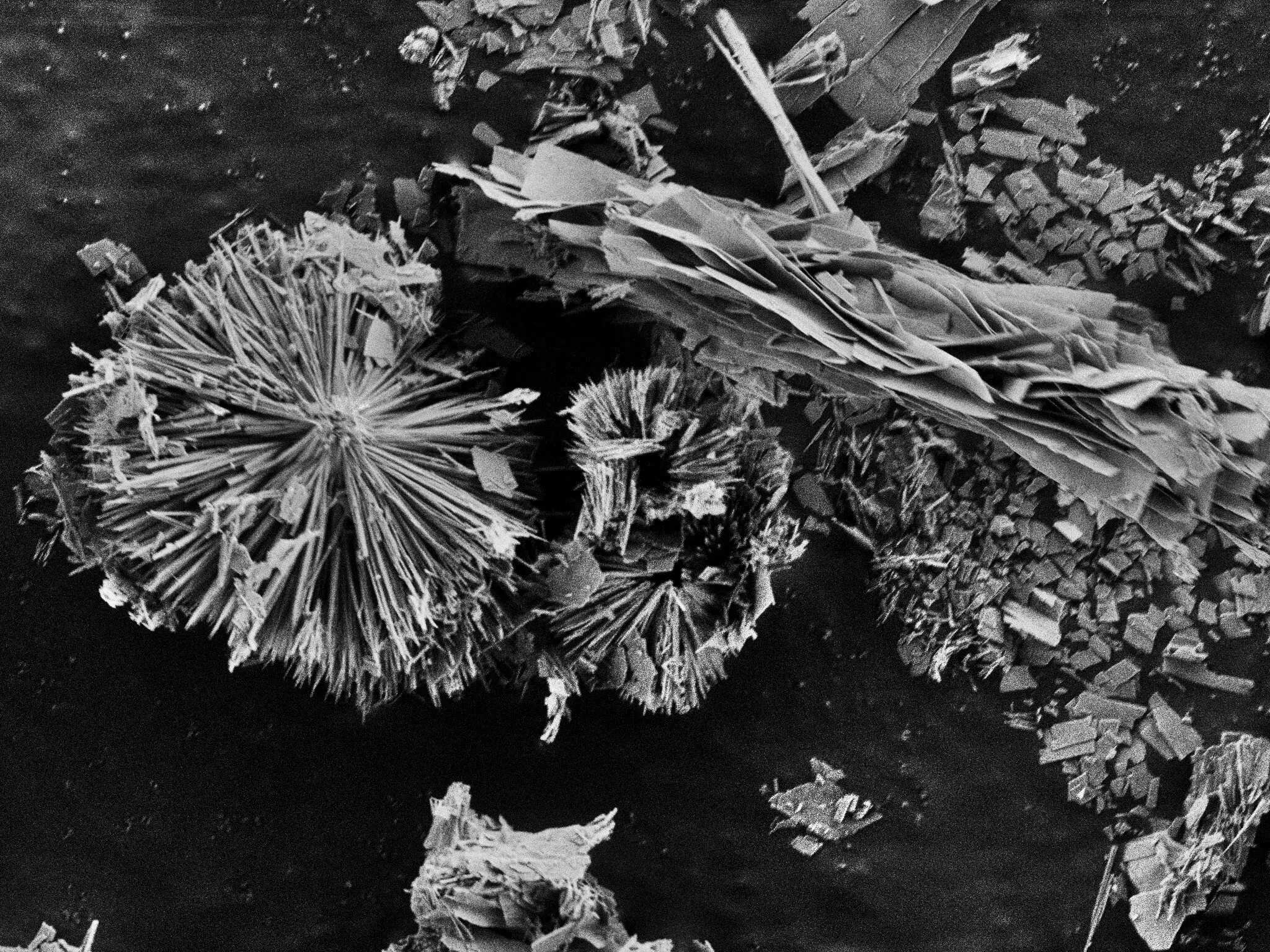MXenes have emerged as a versatile class of materials that show promise in various applications. Led by HZB chemist Michelle Browne, an international team has recently showcased the effectiveness of MXenes as catalysts for the oxygen evolution reaction in electrolytic water splitting. This breakthrough presents a significant advancement in the pursuit of green hydrogen production as an energy storage solution.
In the realm of electrolytic water splitting, the oxygen evolution reaction (OER) poses a critical challenge due to its role in limiting the efficiency of the process. Traditional catalysts such as nickel oxides, while cost-effective and readily available, suffer from durability issues and inadequate conductivity in the alkaline environment of an electrolyzer. This limitation hinders the development of efficient and affordable electrolysis systems.
MXenes, on the other hand, offer a compelling alternative with their unique structure composed of metals like titanium or vanadium in combination with carbon and/or nitrogen. These materials possess a vast internal surface area that can be leveraged for charge storage and catalytic purposes. Through chemical functionalization, Ph.D. student Bastian Schmiedecke successfully enhanced the catalytic properties of MXenes by anchoring copper and cobalt hydroxides onto their surfaces.
Preliminary tests revealed that the functionalized MXene catalysts exhibited superior efficiency compared to pure metal oxide compounds, with no signs of degradation and improved performance during continuous operation. By utilizing advanced analytical techniques such as scanning electron microscopy (SEM/TEM), X-ray diffraction (XRD), and X-ray photoelectron spectroscopy (XPS), the research team at BESSY II and Soleil Synchrotron gained valuable insights into the structural characteristics of MXenes.
The collaboration between research teams from Trinity College in Dublin, Ireland, and the University of Chemistry and Technology in Prague will further explore the potential of MXene catalysts in electrolysis applications. This includes investigating additional chemical modifications to optimize the catalytic performance of MXenes and conducting trials in conventional electrolyzers for continuous operation.
The study led by Michelle Browne and her team highlights the significant promise of MXenes as efficient catalysts for the oxygen evolution reaction in electrolytic water splitting. By addressing the drawbacks of conventional catalysts and demonstrating enhanced performance and stability, MXenes pave the way for the development of cost-effective and high-performance electrolysis systems essential for green hydrogen production.


Leave a Reply